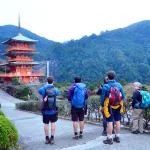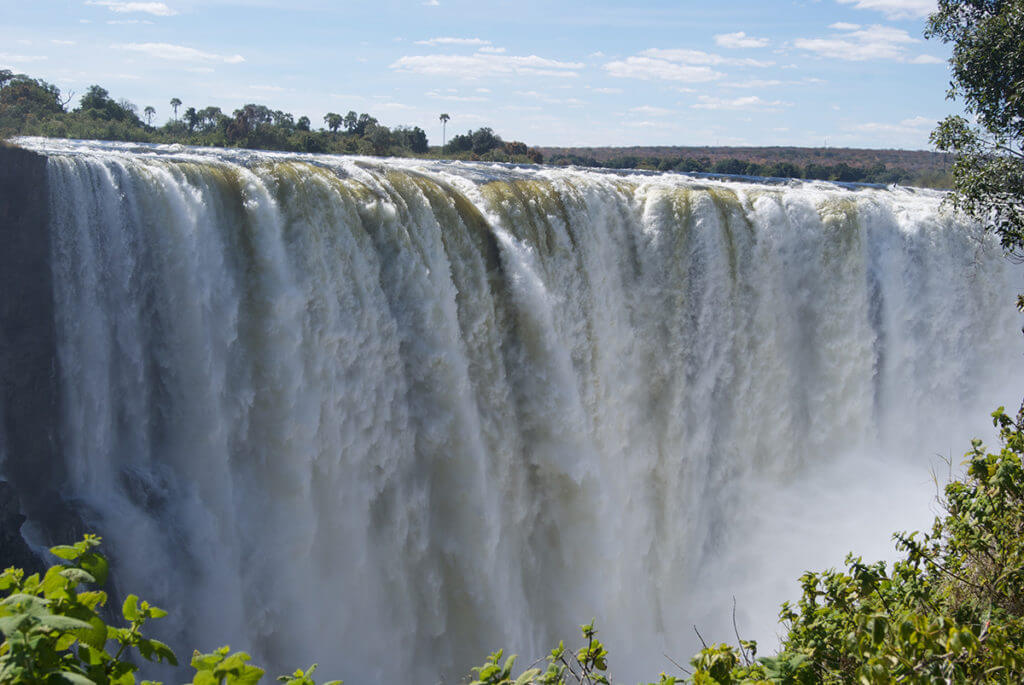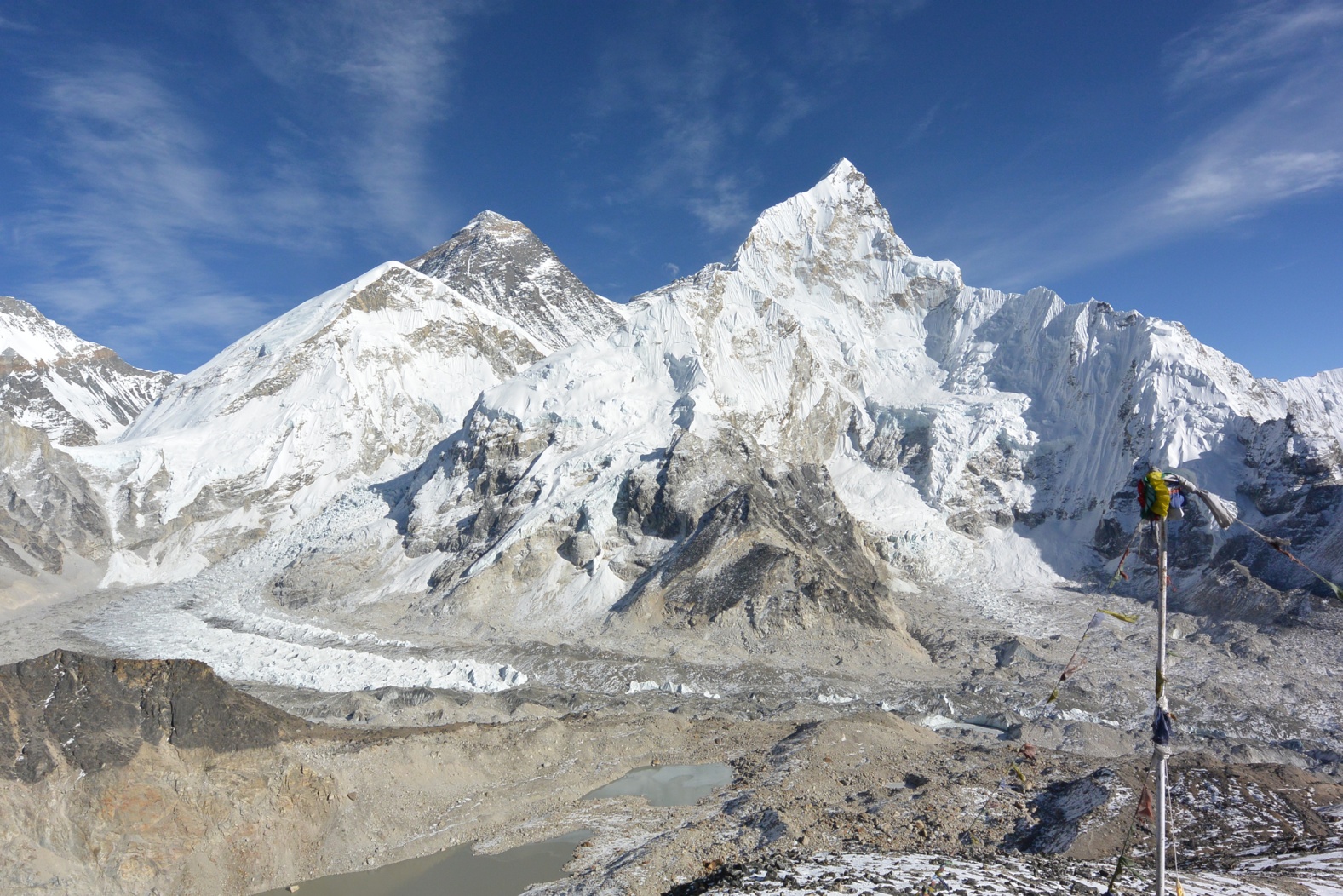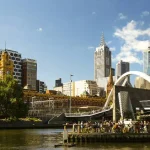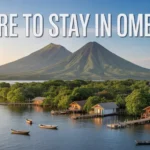Okavango Delta – All You Need to Know
The Okavango Delta is an exceptional pulsing wetland. The Okavango Delta is more accurately an alluvial fan. It covers 6 to 15 000 kilometres of Kalahari Desert, northern Botswana. It is tributary to the Okavango River (Kavango), which flows from Angola’s highlands through Namibia’s Caprivi Strip, and into the harsh Kalahari Desert.
The Okavango River releases approximately 11 cubic kilometers (11.1 x 1013 Liters) of water each year into the Okavango Delta. The majority of this water is lost through transpiration by plants (60%) or evaporation (36%), with only 2% percolating into an aquifer system, with the rest eventually flowing into Lake Ngami.

Floodwater from Angola reaches the Okavango Delta in March to June. The peak is July. This peak coincides well with Botswana’s dry season, which results in large migrations of plains games from the dry hinterland.
The Okavango Delta’s dry land is generally flat with a difference of less than 2 meters in height. It is composed mainly of many small islands formed by vegetation on termite mounds. However, there are larger islands with Chief’s Island being the largest having been formed along a tectonic fault.
The Okavango Delta, which was the 1000th site to be included on the UNESCO World Heritage List in 2014 is an important wildlife area that is protected by the Moremi Game Reserve on its eastern edge and Ngamiland’s numerous wildlife concessions.
The Okavango Delta is a natural oasis in a dry environment. It is home to a large number of mammals as well as excellent birding, especially during the breeding season.
The Okavango Delta is the heart of the Botswana safari industry. It features some of Africa’s most prestigious camps, including Mombo Camps, Duba Plains Camps, Vumbura Camps, Vumbura Camps, Sandibe Camps, Abu Camps, Xigera Camps, Vumbura Camps, Sandibe Camps, and Vumbura Camps.
Wildlife
Because of its rich ecosystems, the Okavango Delta’s wildlife is diverse and abundant. The Okavango Delta is home to large numbers of animals, both on a permanent as well as seasonal basis. It has been able to become one of the most beautiful places in Africa for wildlife viewing through careful wildlife management.
The Okavango Delta and the surrounding arid regions see a seasonal shift in the animals. Large animals tend to move away from the Delta during the wet season in order to benefit from the lush grazing surrounding it. The winter brings an end to this grazing and animals return to the delta.
The Okavango Delta’s wildlife includes many species, including the African Bush Elephant, Hippopotamus and Lechwe, Topi. Blue Wildebeest, Giraffe. Giraffe. Nile crocodile. Lion, Cheetah. Leopard. Brown Hyena. Spotted Hyena. Greater Kudu. Sable Antelope. Black Rhinoceros. White Rhinoceros. Plains Zebra. Warthog. Chacma Baboon. The Okavango Delta is home to the endangered African Wild Dog, which has one of the highest pack densities in Africa.
The Okavango Delta’s wildlife includes more than 500 species of birds, 85 species of fish and 85 species of bird including Tilapia, Tigerfish and Catfish.
A stunning array of wildlife is attracted to the Okavango Delta’s rich and diverse eco-systems. The Okavango Delta is known for its incredible diversity and high concentration of wildlife, which has made it a top safari destination in Africa.
Fauna & Flora
The Okavango’s aquatic environment has allowed for the development of a complex eco-system with thousands of plant and tree species that support the diversity of wildlife.
It is amazing to see the Okavango’s diverse landscapes and surroundings. You will find everything from waterways lined with papyrus and peppered with lilies, to open grass plains sprinkled with wild sage and palm trees, as well as mopane forrests that are home to the ancient baobab and acacia trees.
Common trees include the Candle Pod Acacia, Acacia hebeclada, Leadwood (combretum imperbe), Jackalberry(Diospyros meliformis), Marula [Sclerocarya birrea], Sausage Tree (Kigelia Africana), and the Knobthorn Tree.

This author’s life has been an adventure. He has visited over 30 countries, and lived in four different states. He is a traveler at heart, but he also loves exploring the outdoors on his bicycle or hiking with his canine companion.






